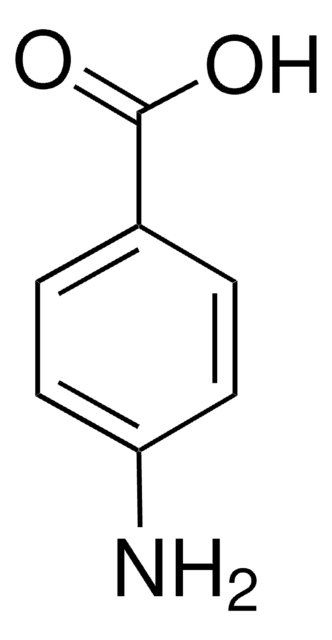909866
Poly(2-(dimethylamino)ethyl methacrylate)
average Mn 10,000
Synonym(s):
Hydrophilic polymer, PDMAEMA, pH sensitive, pH-responsive
Select a Size
Select a Size
About This Item
Recommended Products
form
powder or solid
mol wt
average Mn 10,000 (by GPC)
average Mn 10,000
color
white to faint yellow
PDI
≤1.4 (by GPC)
storage temp.
2-8°C
1 of 4
This Item | 100536 | 429767 | V900614 |
|---|---|---|---|
| assay ≥99% | assay 99% | assay ≥99% | assay 98% |
| product line ReagentPlus® | product line ReagentPlus® | product line - | product line Vetec™ |
| storage temp. 2-8°C | storage temp. - | storage temp. - | storage temp. - |
| solubility ethanol: 50 mg/mL, clear, colorless to faintly yellow | solubility 95% ethanol: soluble 5%, clear to slightly hazy, colorless to yellow | solubility - | solubility - |
| mp 187-189 °C (lit.) | mp 187-189 °C (lit.) | mp 187-189 °C (lit.) | mp 187-189 °C (lit.) |
Application
pH-sensitive polymer systems combined with nanotechnology could be utilized as an alternative strategy to traditional targeting systems to overcome major problems in current chemotherapy represented by non-specific tissue distribution of the drugs, tumor heterogeneity, and multidrug resistance (MDR) against anticancer drugs.
Storage Class Code
11 - Combustible Solids
WGK
WGK 3
Flash Point(F)
Not applicable
Flash Point(C)
Not applicable
Choose from one of the most recent versions:
Certificates of Analysis (COA)
Don't see the Right Version?
If you require a particular version, you can look up a specific certificate by the Lot or Batch number.
Already Own This Product?
Find documentation for the products that you have recently purchased in the Document Library.
Our team of scientists has experience in all areas of research including Life Science, Material Science, Chemical Synthesis, Chromatography, Analytical and many others.
Contact Technical Service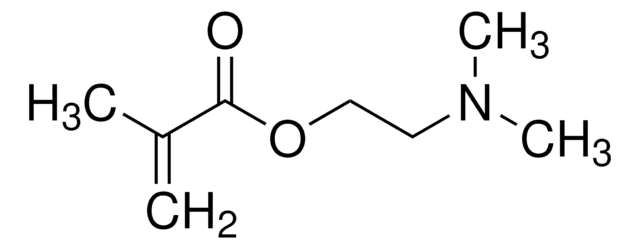
![N-[3-(Dimethylamino)propyl]methacrylamide 99%, contains MEHQ as inhibitor](/deepweb/assets/sigmaaldrich/product/structures/295/145/6b4aae15-7cb5-4b7b-9c06-8e6d24e50951/640/6b4aae15-7cb5-4b7b-9c06-8e6d24e50951.png)

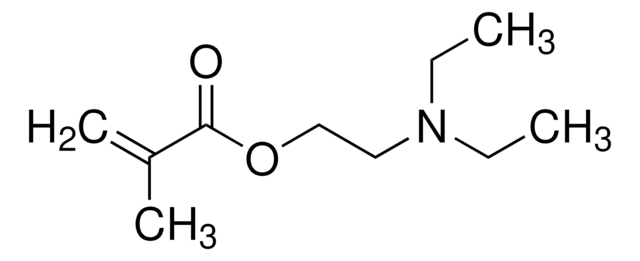
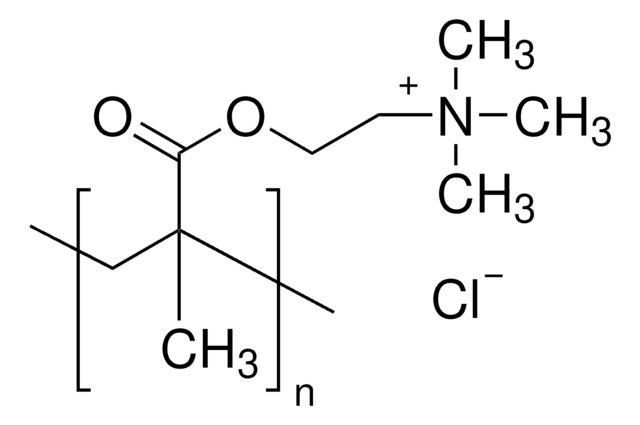
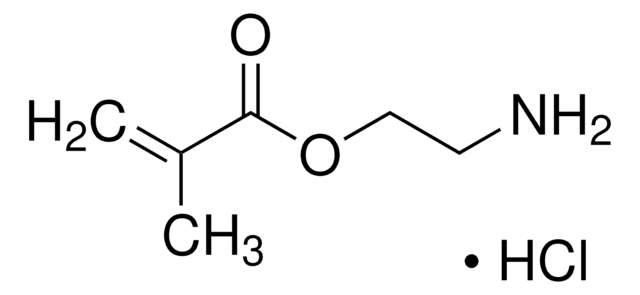
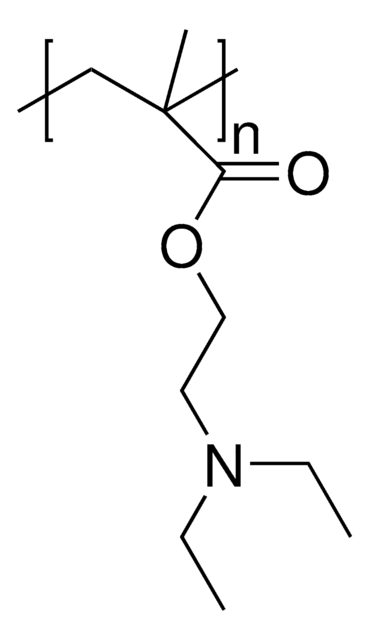
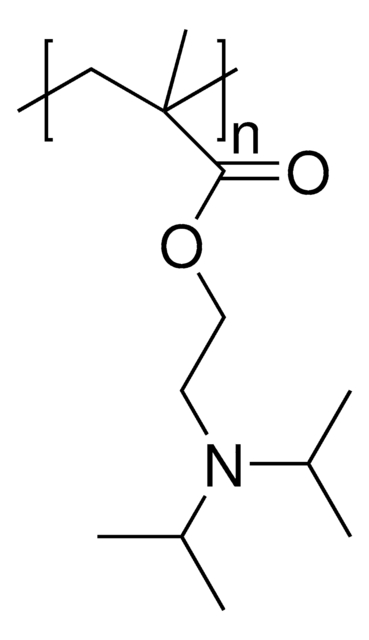
![[2-(Methacryloyloxy)ethyl]trimethylammonium chloride solution 75 wt. % in H2O](/deepweb/assets/sigmaaldrich/product/structures/316/612/66b0f4cf-d060-427d-b4f5-e8fab3e5cffe/640/66b0f4cf-d060-427d-b4f5-e8fab3e5cffe.png)

